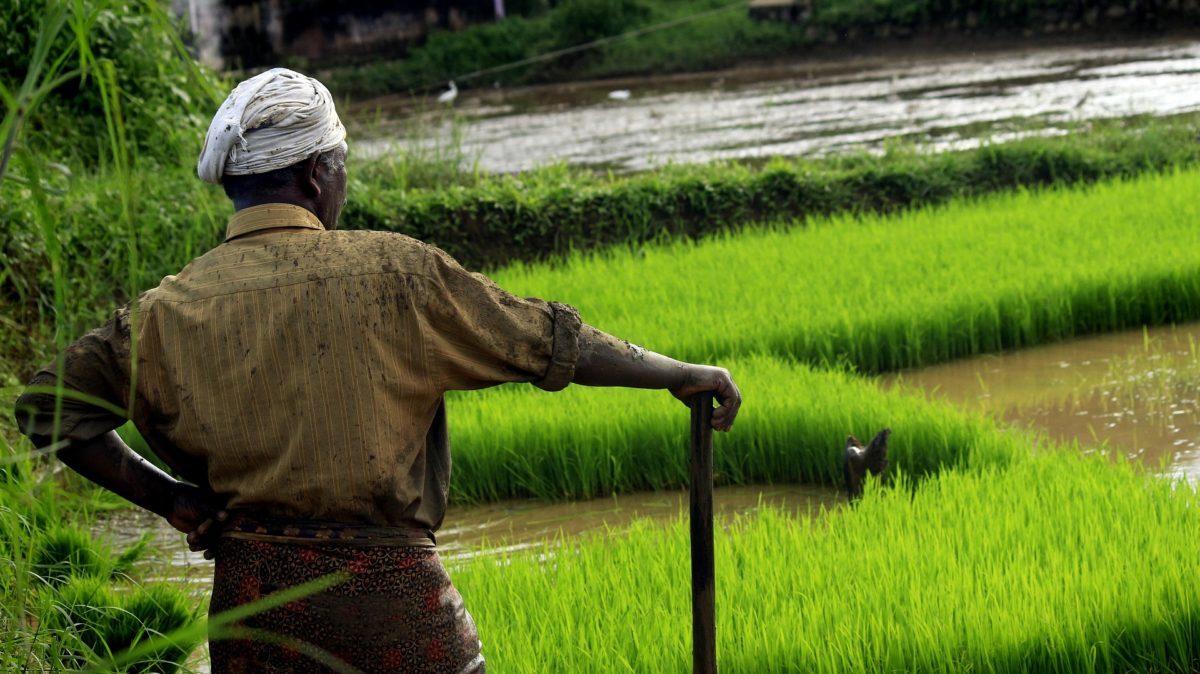Solar connection for tubewells will cost 40 per cent lower than traditional grid connection. Seventy five per cent cost of the solar connection will be borne by the government in the form of subsidy. The applicant will have to pay only Rs 1,52,500 for a 10 BHP connection against the total cost of Rs 6.10 lakh. On the other hand, a 10 BHP connection from the traditional grid costs Rs 2.50 lakh, according to daily newspaper The Tribune.
Similarly, those opting for three and five BHP connections will have to pay Rs 58,750 and Rs 83,250, respectively. For a 7.5 BHP solar connection, the applicant will have to pay Rs 1,19,500 against the total cost of Rs 3,58,500. The minimum cost of a grid connection is Rs 1,25,000.
While the supply from solar connection will be free, it is 10 paise per unit for the grid one.
DHBVN Chief Engineer (Commercial) has asked the respective circle offices to send consent letters through all mediums, including text messages and Whatsapp, to the applicants, said the report.
“It is for the first time that such an option has been given to farmers. The applicants have been asked to submit their choice as soon as possible, though no deadline for the same has been announced by the authorities so far,” Superintending Engineer, Faridabad, Pradeep Kumar Chauhan was quoted as saying by The Tribune.
Solar irrigation potential for India
Of the country’s total net amount of irrigated land, 62% is watered either by relatively deep tube wells or other, more shallow types of wells. Most of these wells are reliant on electric or diesel pumps.
The government of India could achieve 38% of its renewable electricity-generation target just by shifting from conventional pumps to solar irrigation pumps, according to an IEEFA report published last year.
While the Indian government has announced various initiatives to boost deployment of solar irrigation pumps, uptake has been slow.
The government, to its credit, is making efforts to encourage farmers to install standalone solar-powered off-grid pumps to not only meet their irrigation needs but also to provide an extra source of income from selling surplus power to distribution companies (DISCOMs).
In June 2018, the Gujarat government introduced the Suryashakti Kisan Yojana (SKY), a pilot project to enable 12,400 farmers in 33 districts of the state to generate solar power—and to use part of that power for irrigation while selling the surplus to the grid for Rs 7 (US$0.10) per unit for seven years and Rs 3.50 (US$0.05) per unit for the remaining years. Under the initiative, farmers will contribute 40% of installation costs, while central and state governments will subsidize 60% of costs.
This program enables more farmers access to better power supply for more hours of the day while increasing their agricultural productivity and their overall income.
This content is protected by copyright and may not be reused. If you want to cooperate with us and would like to reuse some of our content, please contact: editors@pv-magazine.com.









By submitting this form you agree to pv magazine using your data for the purposes of publishing your comment.
Your personal data will only be disclosed or otherwise transmitted to third parties for the purposes of spam filtering or if this is necessary for technical maintenance of the website. Any other transfer to third parties will not take place unless this is justified on the basis of applicable data protection regulations or if pv magazine is legally obliged to do so.
You may revoke this consent at any time with effect for the future, in which case your personal data will be deleted immediately. Otherwise, your data will be deleted if pv magazine has processed your request or the purpose of data storage is fulfilled.
Further information on data privacy can be found in our Data Protection Policy.